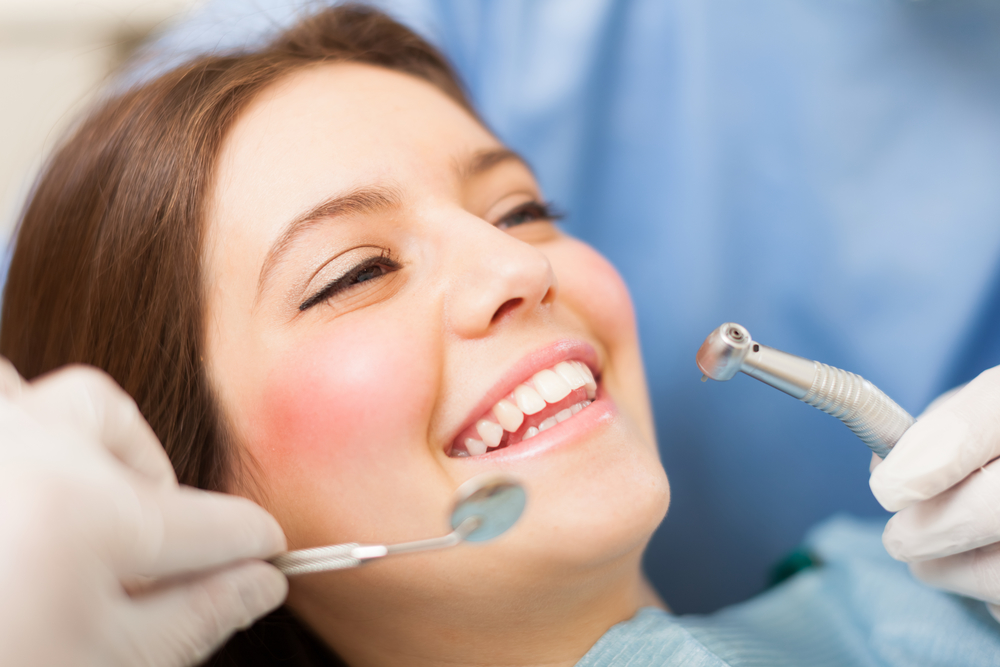
Introduction:
Who doesn’t like a dazzling smile! You can have a gorgeous smile with a simple teeth whitening treatment. Teeth whitening can be done in various methods. The selection of the method can be overwhelming at times. There are mainly two types of teeth whitening solutions: professional, in-office bleaching, or at-home products. Both peroxide-based bleaching chemicals will be present in any teeth-whitening option you choose. Professional, in-office treatment solutions contain 15 to 43 percent peroxide, and at-home remedies comprise 3 to 20% carbamide or hydrogen peroxide.
Benefits of Teeth Whitening:
Our main goal is to help you better understand all the advantages of professional teeth whitening through this article. Suppose you’re trying to determine whether to undertake tooth whitening at home or get it done professionally by a dentist. While some people can achieve a satisfactory result with at-home whitening products, the benefits of professional teeth whitening are numerous, and there are some significant health hazards associated with utilizing at-home whitening products.
The primary idea is that if you keep a robust peroxide solution on your teeth, they will become whiter. To achieve effective and visible long-lasting results, a very higher percentage of the whitening solution can be administered to the teeth for a short period.
And when we leave the tooth whitening gel on your teeth for an extended period, it will dry them, which will cause direct tooth sensitivity. This leads to tooth discomfort and other dental issues, so at-home products aren’t always considered the ideal option. Sensitivity in the teeth might lead to mild pain when eating particular meals; this situation arises if a patient cannot remove the whitening solution completely from the teeth for too long time. Furthermore, patients are far more prone to misuse at-home whitening methods than to have a professional procedure go wrong. Before deciding whether to undertake at-home or professional in-office teeth whitening, talk to your dentist about the benefits and drawbacks of each.
Teeth Whitening:
Teeth whitening at the dentist is typically significantly faster than at-home whitening. Heat, light, or both can be utilized to speed up and improve the whitening results of professional therapy and the more robust peroxide solution used in dental clinics. Patients may expect numerous 30 to 60-minute office appointments to get teeth three to eight shades brighter, while some dentists may be able to use special procedures that need only one two-hour session. Professional teeth whitening is usually more expensive than at-home whitening, but the final results are worth each penny.
It stands to reason that teeth whitening done at home is not as safe as teeth whitening done by a professional at a clinic. Patients rarely understand what they’re doing or how the treatment works, so they can easily damage their teeth. At-home teeth whitening treatments are mainly DIY, and as with all DIY projects, they come with risks. When you visit the dentist to have your teeth whitened, you will also have to regularly clean your teeth and gums to remove plaque and tartar and fill any cavities. One of the benefits of professional teeth whitening is that the dentist will examine your teeth to ensure that they are suitable and healthy for the procedure.
In-office whitening procedures use a higher concentration of carbamide or hydrogen peroxide than most at-home whitening solutions. Most strips, for example, only employ roughly 6% hydrogen peroxide—trays used at home account for around 22% of the total. Professional dental whitening treatments, on the other hand, employ 35 percent peroxide. However, the effects of this higher percentage can be improved even more with other tools like heat and light. As a result, when teeth whitening is done professionally, patients often spend less time on it, and the final results are considerably more striking than what is attainable at home.
Patients with specific teeth with visible stains that they’d like removed should consult a specialist to ensure that the colors are treated with care and that the final results adequately heal the condition. Patients who use an at-home kit run the risk of exacerbating the problem rather than alleviating it. On the other hand, professional teeth whitening methods are developed to overcome these concerns.
Conclusion:
Finally, professional teeth whitening places all of the burden in the hands of the dentist, allowing you to just sit back and relax while the operation is performed. You’ll leave the office with healthy, bright, pearly whites at the end of your appointment. On the other side, at-home therapies may produce effects that are less-than-ideal or even worse than before the treatment. In-office treatment must address two issues rather than simply one (stained teeth) when bad results occur. So, if you’re not 100 percent sure whether at-home or in-office treatments are ideal for you, it’s probably time to get expert help from a dentist.

